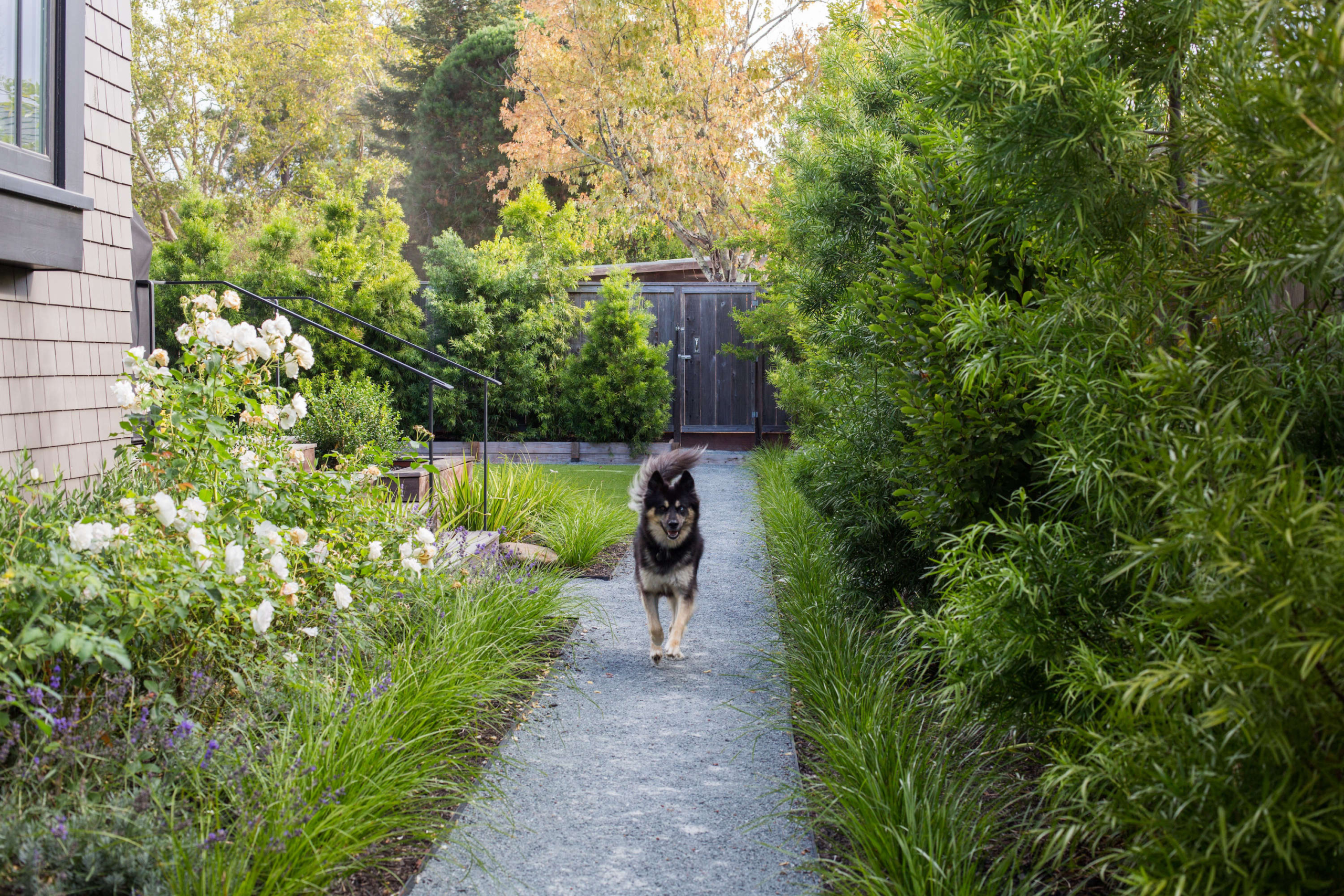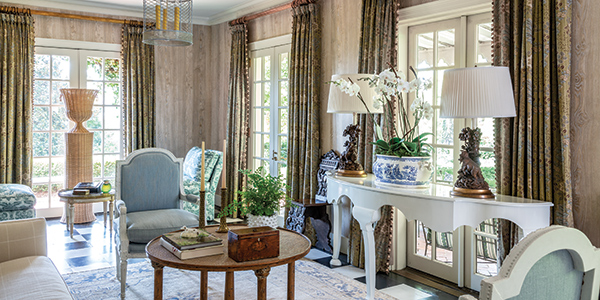With a remodel and a garden design project under way, I’ve been researching how to simplify garden maintenance and cut back on water usage. And I keep hearing more and more about the advantages of decomposed granite. Why? It turns out that in many ways decomposed granite (or DG, as it’s commonly called) is the ideal hardscape material: natural, permeable, aesthetically versatile, and wonderfully inexpensive.
After I started looking into DG, I began to notice it everywhere: The pretty little path through the local recreation field that never gets muddy? Decomposed granite. The soft, natural-looking driveway, where the surface stays put? Also decomposed granite. The mulch at the base of trees that keeps the ground weed-free? DG again.
Is DG the right material to choose for your hardscaping project? Read on:
What is decomposed granite?

See more of this garden at Before & After: A 1940s-Suburban House Grows Up Gracefully in Mill Valley, CA.
Decomposed granite is like gravel, but finer and generally more stable. It’s formed from the natural weathering and erosion of solid granite, a tough, hard, igneous rock. The DG sold as landscaping material is typically composed of fine three-eighths-inch (or smaller) particles; some may be no bigger than a grain of sand. Colors vary, from buff to brown, and include various shades of gray, black, red, and green.

For more garden design ideas, see Low-Cost Luxury: 9 Ways to Use Decomposed Granite in a Landscape.


